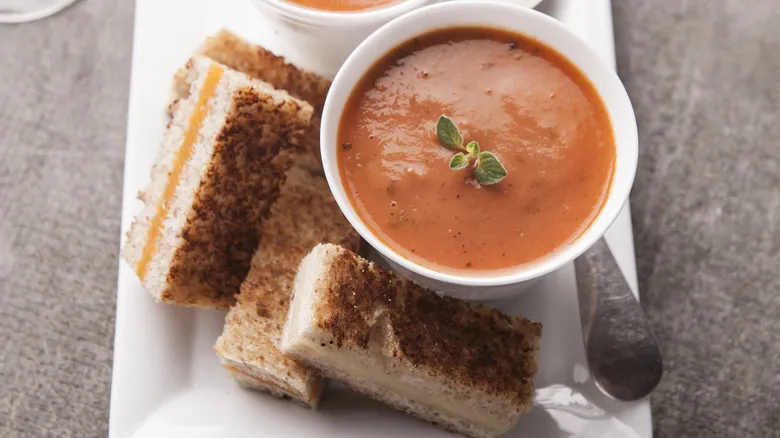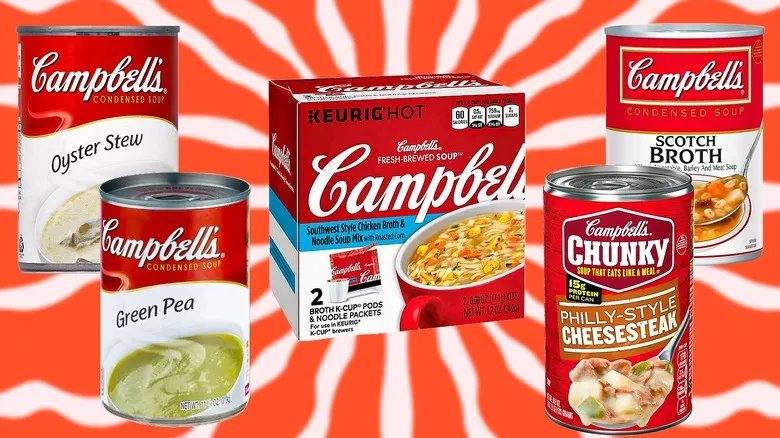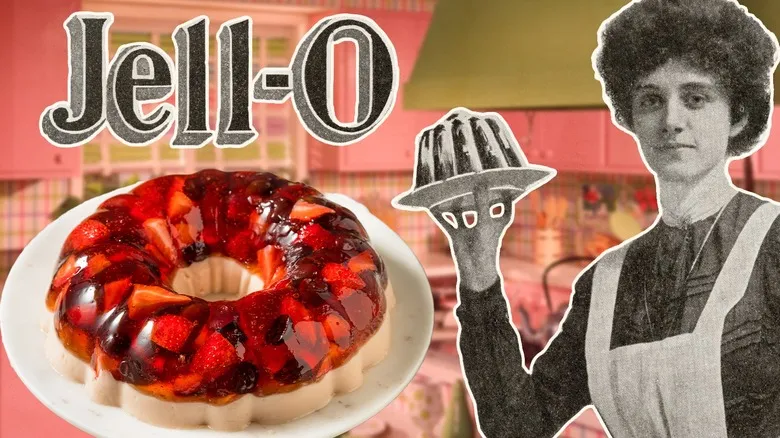The ancient history of gelatin

This poses quite a puzzle for those examining Jell-O salad through a modern lens. Yet, the history of gelatin as a luxury dish dates back further than many might think, even predating the renowned chef Marie-Antoine Carême; its origins trace back to Europe in the 1400s. Back then, the process of making gelatin was, to put it mildly, quite labor-intensive. Only the affluent could afford the extensive kitchen staff needed to transform animal bones, cow hooves, and other less savory ingredients into collagen, the essential component of gelatin.
The allure of gelatin-based dishes cannot be overstated. Picture this: you invite your frenemy circle to your third country estate for a weekend of showcasing wealth, and if you truly want to make them envious, you’d better plan on presenting an extravagant molded gelatin centerpiece in all its wobbly splendor.
Over time, these impressive jelly creations gained significant prestige among the elite across the Atlantic, largely thanks to Thomas Jefferson's influence. During his diplomatic service in France in the late 1700s, he encountered gelatin dishes that clearly impressed him. A recipe for wine jelly—essentially wine gelatin—can be found among the historical records of Monticello, Jefferson's estate. If recipes for such a dish were deemed important enough to be preserved in his household documents, it stands to reason that they were also significant enough to feature at his own dinner parties aimed at impressing guests.
Jell-O becomes a mass market thing

It wasn't until 1897 that Pearle Wait leveled the playing field, making dinnertime indulgence attainable for everyone with his creation of Jell-O salads and tomato aspics. The carpenter-turned-Jell-O inventor transformed gelatin from a bland, nearly lifeless substance into a sweet, powdered, and vibrant treat. While the source of the food coloring remains a mystery, the flavors of his Jell-O were inspired by fruits like strawberries and oranges.
Pearle Wait eventually secured a trademark for his invention and its name: Jell-O. However, he didn't profit significantly from his efforts. After a while, Wait sold the recipe to Genesee Pure Food for $450, as reported by Kovel's Antique Trader. This food company, which would later evolve into General Mills, launched an advertising campaign aimed at encouraging homemakers to experiment with Jell-O recipes. As it turned out, 19th-century homemakers were eager to pursue their aspirations of social mobility by creating molded Jell-O displays, just like their more affluent counterparts.
Only seven or eight years after Wait introduced Jell-O, Mrs. John E. Cook's salad gained notoriety. It's hard to believe that the third-place winner of the Better Homes and Gardens contest inspired countless women to encase delicacies such as shrimp, hard-boiled eggs, cucumbers, celery, and chunks of chicken in Jell-O. Nevertheless, the advertising and the endless variety of Jell-O salad recipes made an impact. By 1907, sales of Jell-O had reached a staggering one million dollars, according to CNN.
Jell-O in the 20th century

During the peak of the Jell-O phenomenon in the early 20th century, a wide variety of flavors were available, extending beyond just sweet options. Savory flavors like Italian salad, celery, seasoned tomato, and mixed vegetables were among the choices that homemakers could purchase. It became common for these homemakers to refer to small booklets published by the Jell-O company, which provided basic tips on gelatin preparation, such as which fruits would float—like apple cubes, sliced strawberries, and marshmallows—and which would sink, such as cooked prunes.
While this may seem peculiar today, it was quite practical at the time. When creating an elaborate presentation of various foods, it was important to know that costly ingredients like shrimp would settle at the bottom of the Jell-O, while apples would rise to the surface. Homemakers sought to showcase Jell-O recipes as a way to demonstrate that it was still possible to prepare an elegant meal, even if it meant utilizing wartime rations and leftovers.
As Jell-O recipes occupied a significant portion of 20th-century cookbooks, Jell-O salads eventually became so commonplace that they lost their appeal as luxury items, particularly with the rise of economical food trends in the 1950s. The notion of Jell-O salads as upscale dishes was fading fast, as many people had come to view them as mere wartime food preservers, rendering them rather ordinary for most homemakers by the mid-20th century.
Recommended

The History Behind Why We Eat Grilled Cheese With Tomato Soup

The Real General Tso And How He Became The Namesake For Takeout Chicken

The Only Bread You'll Ever Need For A Perfect Bánh Mì Sandwich

Discontinued Canned Campbell's Soup We Wish Would Make A Comeback
Next up

